Concept of Kinetic Energy
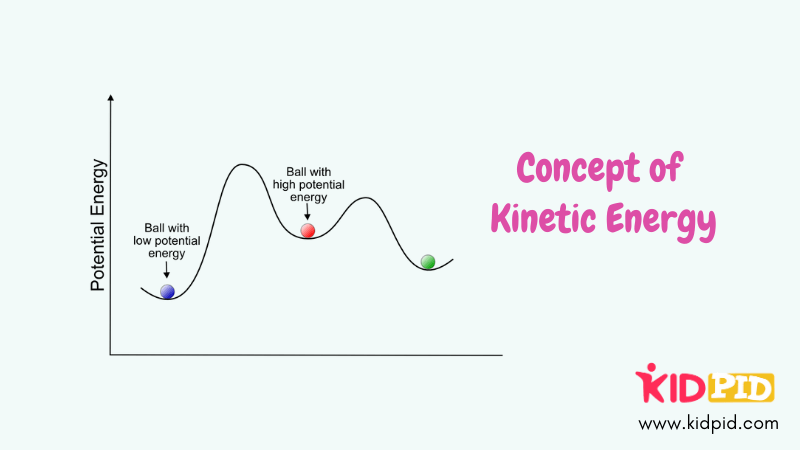
Kinetic energy is a kind of energy that a body has when it is moving. Every moving object has kinetic energy. The moon which revolves around the earth has its kinetic energy, the aeroplane flying in the sky-high above has kinetic energy, the leaves which move because of winds also have their own kinetic energy.
We know that every object has some mass and every moving object moves with velocity. And kinetic energy of every moving object depends on its mass and the velocity with which it’s moving.
A car which is moving with high velocity has high kinetic energy, a snail moves very slowly and it has very less kinetic energy.
Contents
Formula:
An object having mass ‘m’ and moving with velocity ‘v’ has its own kinetic energy which can be found by:

The unit we use for kinetic energy is Joule.
Examples:
1. A boy of mass 20Kg and speed 10 m/s is running in the ground as part of the children’s day sports celebrations. What is his kinetic energy?
Ans. The mass of the boy is 20Kg
The speed of the boy is 10 m/s
We know that kinetic energy can be found by :

Here m= 20; v=10
When we put m, v in the equation we get
(1/2)*20*(10*10)=(1/2)*20*100=(1/2)*2000= 1000 Joules
2.A feather is falling one the ground. calculate its Kinetic energy If its weight is 1 gram and speed is 1 m/s
Ans.
The mass of Feather is 1 g; 1 gram is 0.001 Kg
The speed of feather is 1 m/s
We know that kinetic energy can be found by :

Here m= 0.001; v=1
When we put m, v in the equation we get
(1/2)*0.001*(1*1)=(1/2)*0.001*1=(1/2)*0.001= 0.0005 Joules
We can see that the car is heavier and moving with high velocity, that’s why it has more kinetic energy. And the feather with very less weight and moving slowly has less kinetic energy.
Quiz:
1.What is Kinetic Energy?
- The energy an object has when it is moving
- The energy an object has when it is not moving
- The energy an object always has
- Kinetic energy is a form of heat energy
2.Kinetic energy requires which quantities to calculate?
- Velocity and acceleration
- Mass and height
- Mass and velocity
- Only mass
3.What is the unit of Kinetic Energy
- Kg
- Joule
- Tesla
- Volt
4.An object is moving very very slowly but it is always moving, does it have kinetic energy?
- Yes
- No
5.A train is moving with people inside it. The train is moving very fast but the people inside are seated and not moving. Do they have Kinetic energy if the train is moving though they are not?
- Yes
- No
Exercise:
- An object is moving at 200 meters per second (m/s) and its mass is 10 Kg. What is its kinetic energy?
- An object of 200 Kg mass is moving with 10 meters per second (m/s). What is its kinetic energy?

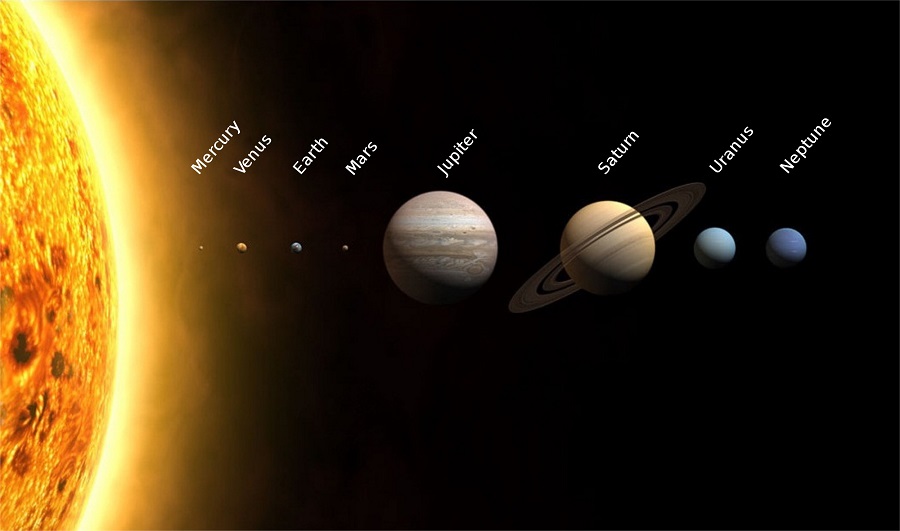

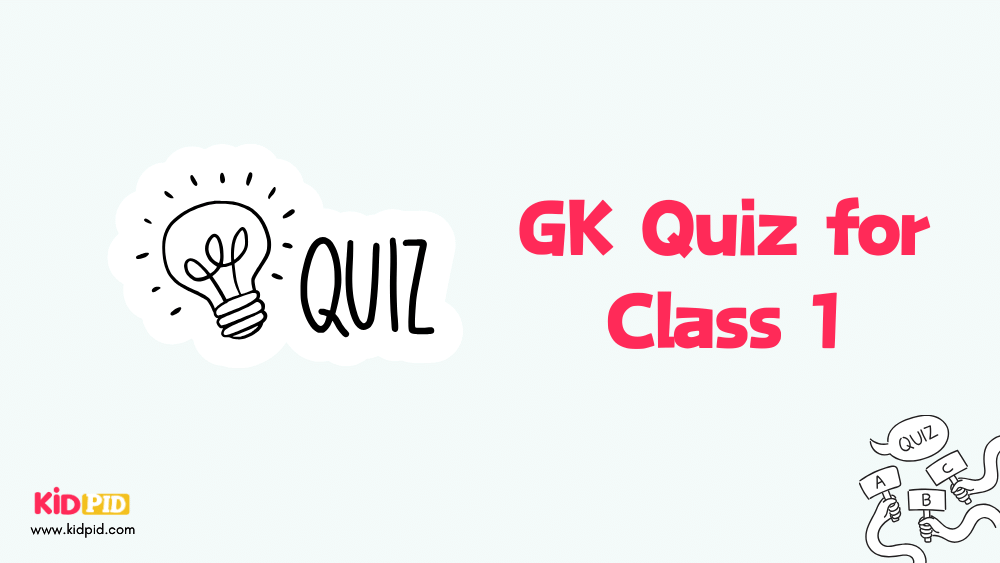
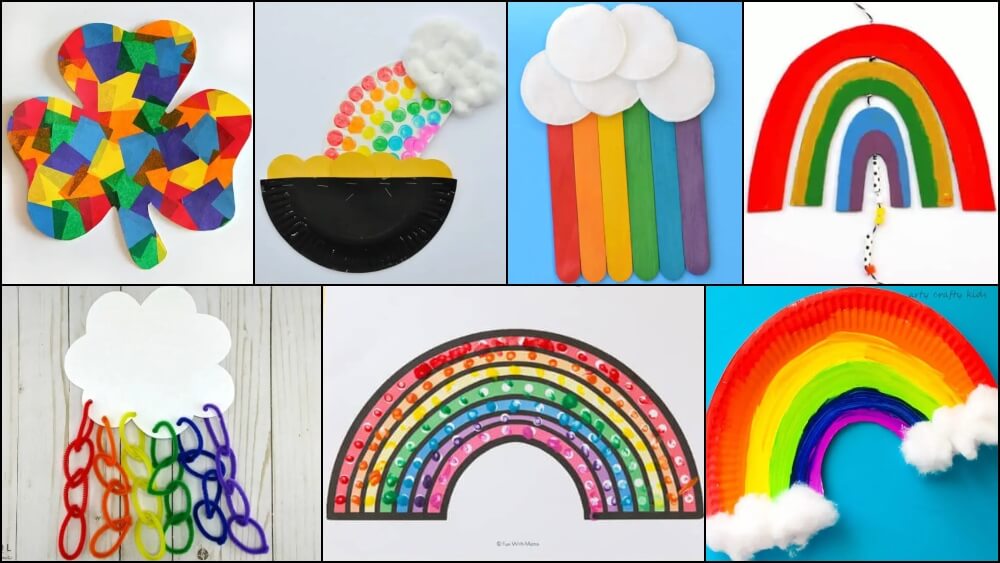
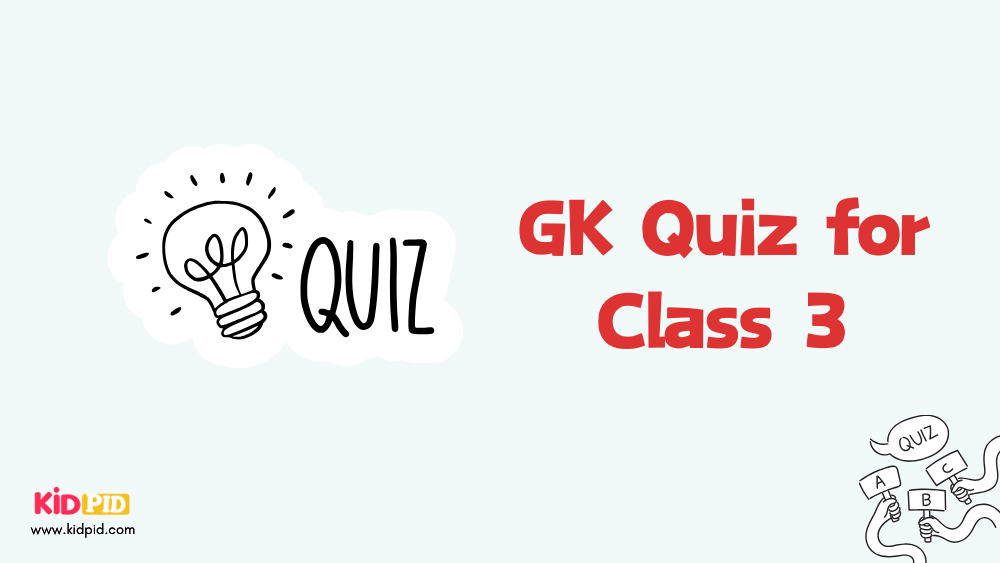
Responses